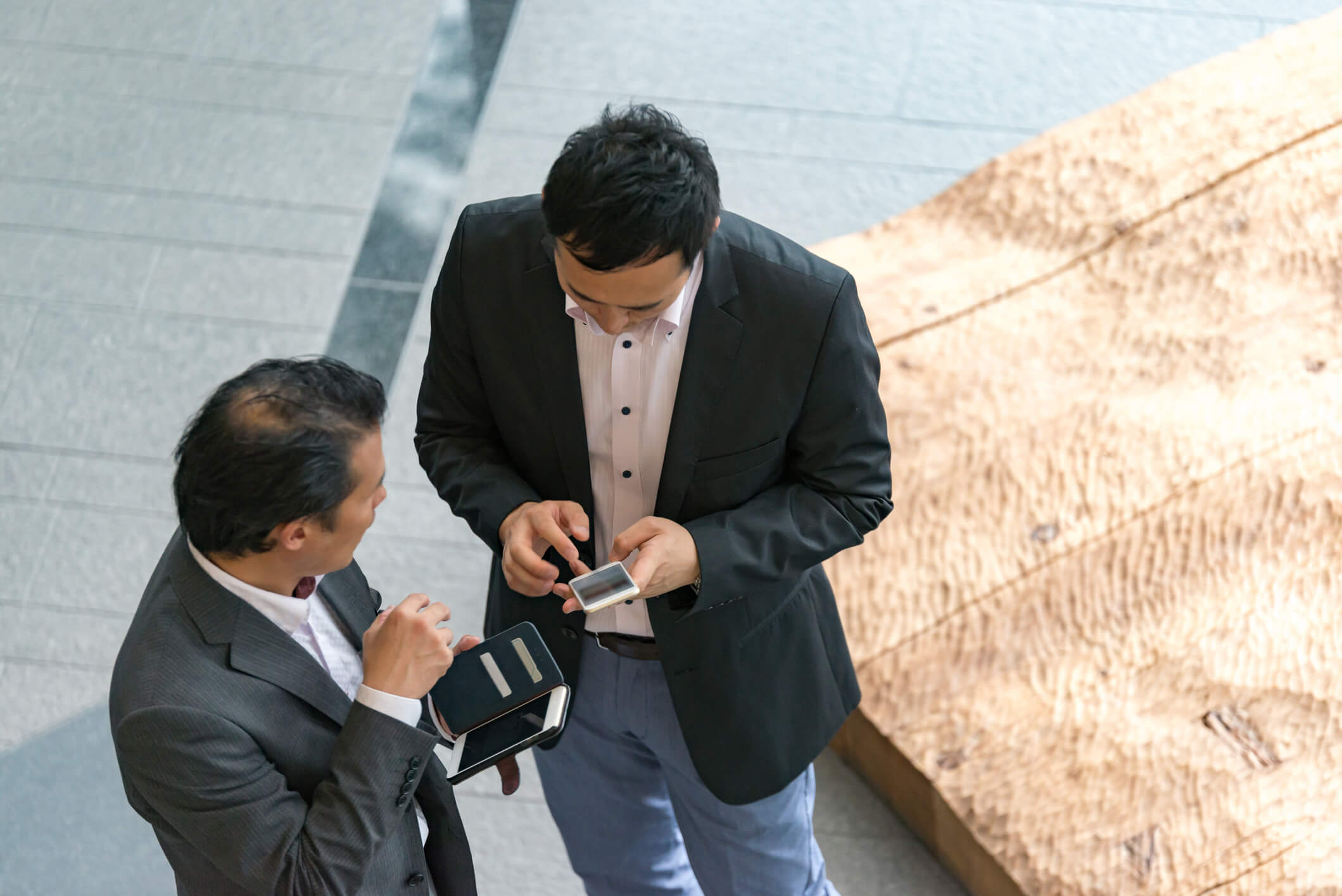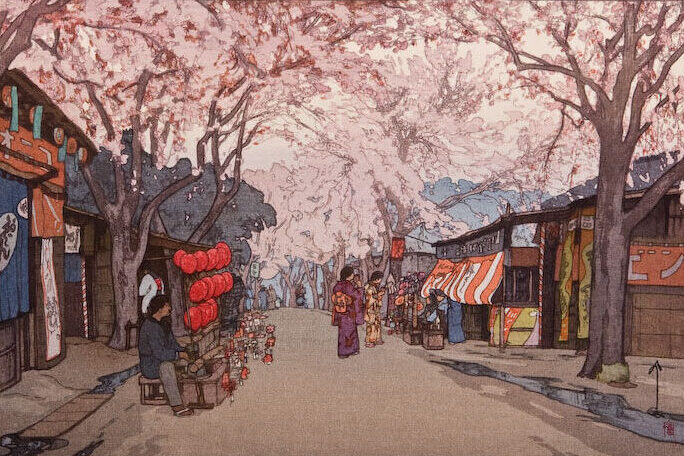
Last Updated: 12 Jul 2020 Top Tips for Japanese Localization
Acclaro guest blog post by Hiroko Yuki
About author Hiroko Yuki: Hiroko is a Japanese language lead at Acclaro, an international translation and localization agency. She is based in Japan and has more than 10 years of experience in the localization industry.
Translating content into Japanese presents a variety of challenges, most notably capturing the natural flow and tone of Japanese sentences. In American business, writing tends to be more informal, yet if translated into Japanese, it would seem too casual and possibly even rude. Translating English content, which is more than likely not in the appropriate tone for Japan, into Japanese is challenging, but not impossible. Read these tips to achieve high-quality, natural Japanese translations when working with a translation vendor. Also refer to our tips for preparing for any translation project, no matter what the language.
Our recommendations for translation into Japanese:
· Supply approved text samples in Japanese. Before you begin translation, give your translation partner examples of Japanese text that has a tone, style, and voice approved by your Japanese management. This is essential in order to speed up the translation and review process – and should save you time and energy (and maybe even costs) in the long run.
· Choose a representative section of the entire project and have that translated first. While this is a best practice for translation into any language, this is especially important for Japanese. Once the section is translated, give feedback on the translation to your vendor. You may even want to have a face-to-face meeting or video conference to review the changes together. The glossary, style guide and translation memory can then be updated with relevant changes. The remainder of the translation can follow, using lessons from this initial translation.
· “Transcreate” marketing materials for Japanese markets. Marketing, due to clichés, word play, cultural references and the like are very difficult to translate into any language. Transcreation goes well beyond a direct translation; a native-speaking copywriter adapts the message to the language and culture – effectively creating new content that honors the original content objectives, but may be very different due to linguistic and cultural considerations – and this is especially relevant for Japanese. For example, the imperative form (i.e. “Buy this!”) in English is usually too strong and would give a wrong impression, while the colloquial tone in English is too friendly if translated literally into Japanese. Lastly, many of the shorter phrases in English marketing copy (i.e. taglines) are too difficult to convey in Japanese without transcreation to be culturally accurate and effective.
· Get ready for extensive feedback and changes. Know that the first few translations submitted by your vendor may require extensive changes. Japanese translations are expected to be perfect (vs. simply accurate and mistake-free) and perfecting the tone and ambiguous and/or complex phrases require feedback iterations. Once you work with a vendor on several projects, the required time and edits should diminish with each translation. You can reduce this from the start by supplying the samples above and approving a style guide and glossary prior to translation.
· Budget more time and money than for most other languages. First, due to the unique language and quality needs, the Japanese translation often has additional quality steps in the overall process. Also, entering Japanese characters during translation is a two-step process that includes typing the phonetic spelling and then selecting the appropriate Japanese character from a pop-up menu. Both of these impact the time spent on Japanese translation projects.
· Select the best Japanese translator. Make sure you are using experienced, native Japanese linguists. Since understanding the source text is the first step to translation quality, Japanese translators should have experience living in the U.K., U.S., or other English speaking market, where they will have gained written and spoken English fluency that includes colloquialisms and the latest slang. In addition, the translators should be experts in Japanese as it’s a rigorous language with a lot of complexity and rules.
Related articles
The culture component and why it matters in management
Let me start with what might at first appear to be a personal story unrelated to cross-cultural mana
The different meanings of psychological safety in Japan, Europe and North America
The concept of “psychological safety” in the workplace started in the United States in the 1960s and
Too early for cherry blossoms!
Japan’s cherry blossom season is peaking at the earliest time since records began over 1,200 y




